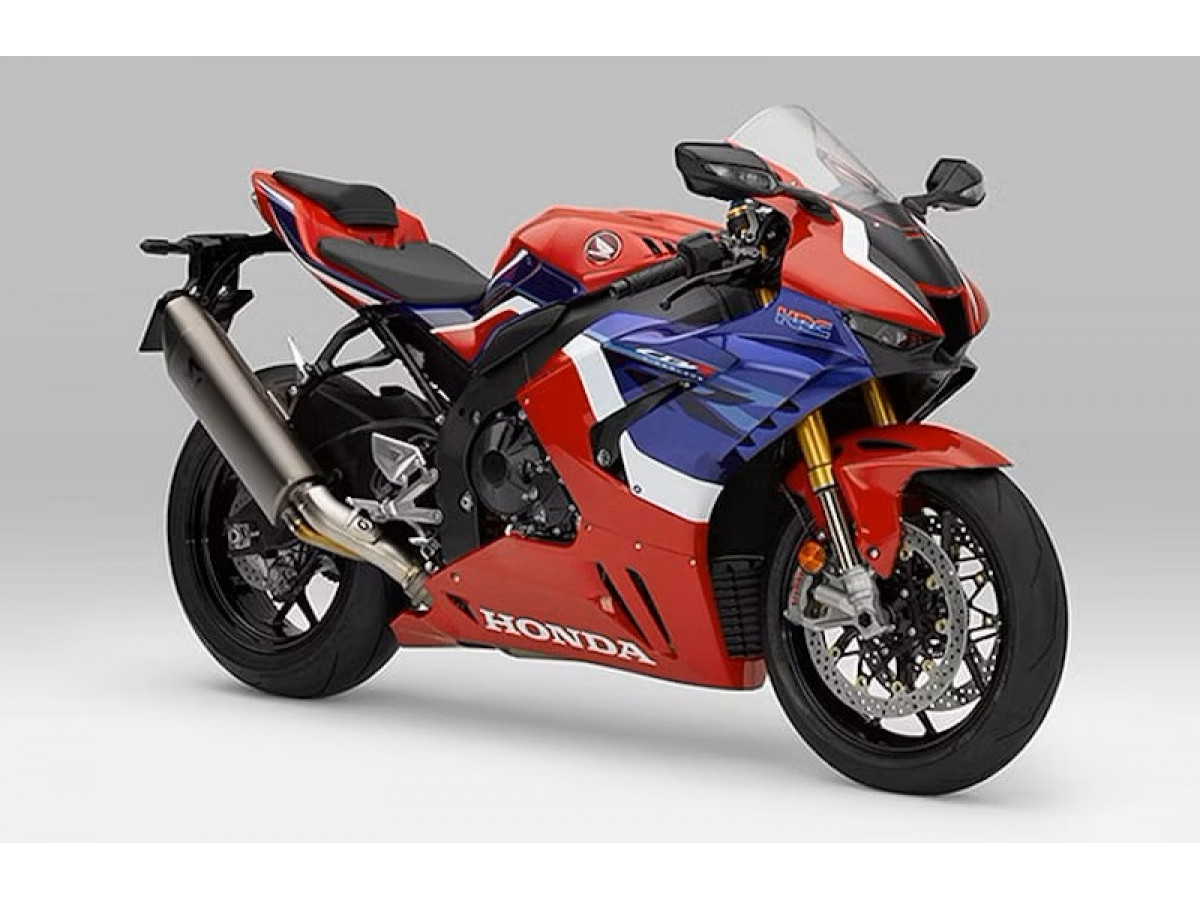Motorcycles were much simpler to understand 50 years ago. All road bikes looked like they were drawn by a five-year-old, off-road bikes were the same but with knobby tires, learner bikes were the same but smaller, and sidecar outfits looked like regular bikes with a small caravan attached by tent poles. Today, things are far more complicated.
Adventure
Styled to look like they could head to Kathmandu without bothering with roads, these are biking’s equivalent of the Range Rover. But here’s the irony: they’re fantastic road bikes, but pretty frightening off-road because they’re so heavy. Most owners wisely never venture onto dirt, instead enjoying the comfy riding position, superb weather protection, and supple suspension on tarmac. Adventure bikes tend to be tall machines with big engines – the best-seller is BMW’s 1254cc R1250GS – but there are smaller versions, such as the Suzuki V-Strom 250.
Perfect example: BMW R1250GS
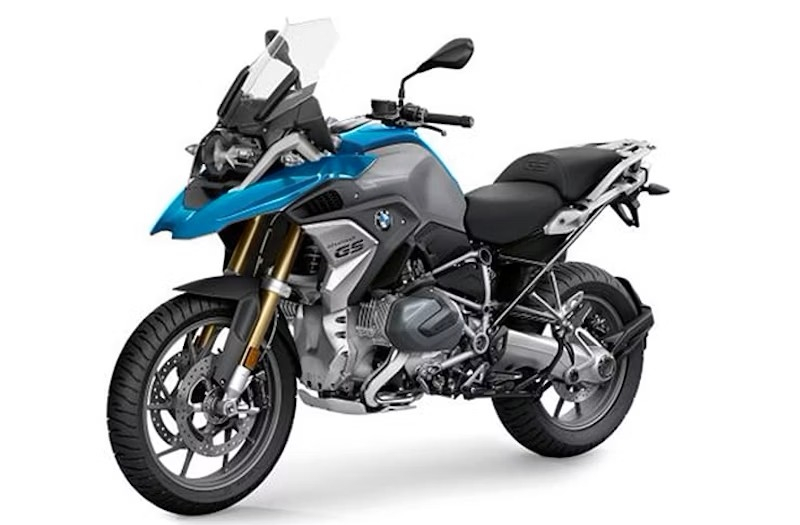
Tell-tale signs: Towering seat height, beak, rider wearing textiles.
Cruiser
If you can picture a Harley-Davidson, you know what a cruiser is – long, low, and with a relaxed V-twin engine. Though they can thunder away from traffic lights faster than almost any sportscar, cruisers are not about outright performance. Instead, they’re designed to look cool while chugging lazily along. Most are Harleys, but plenty of other manufacturers have at least one in their range.
Perfect example: Harley Fat Boy
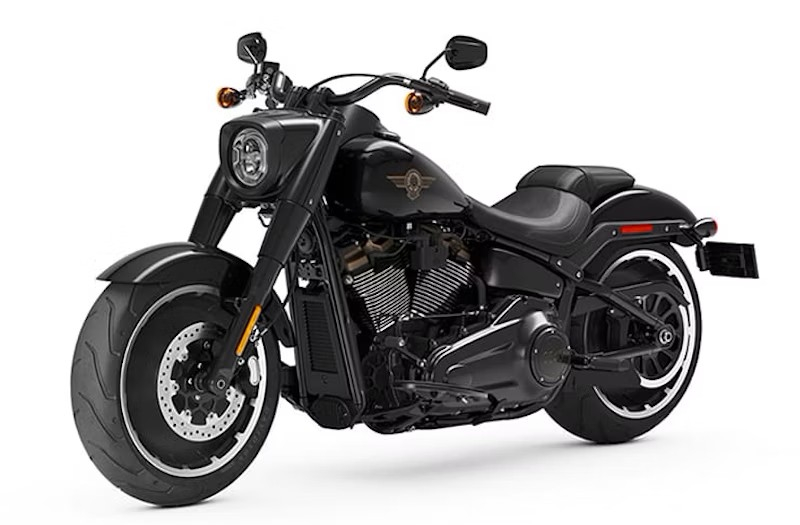
Tell-tale signs: Low seat, dazzling chrome, rider wearing an open-face helmet.
Naked
The descendants of proper motorbikes like your grandad rode – no fancy fairings, just two wheels and an engine. You sit relatively upright, so they’re comfortable, but they’re designed to be agile too – very different from a cruiser. They’re fun to hustle round bends. Some are absurdly fast, essentially full-bore sportsbikes without fairings, but most are fantastic beginner and intermediate bikes. The lack of fairings makes them cheaper too.
Perfect example: Yamaha MT-07

Tell-tale signs: No fairing, exposed engine, rider wearing jeans and a jacket.
Sportsbike
These are known as race replicas for good reason – they’re road-going versions of race bikes, complete with full fairings, firm suspension, and highly tuned engines. The upside of all this is their performance in perfect conditions: it’s stupendous. No bike is faster round a racetrack. The downside is their riding position, which puts lots of weight on your wrists and cramps your legs – not great for long journeys or pootling round town. Though most big manufacturers have a sportsbike as their flagship, there are plenty of beginner-friendly smaller-capacity versions.
Perfect example: Honda CBR1000RR-R Fireblade
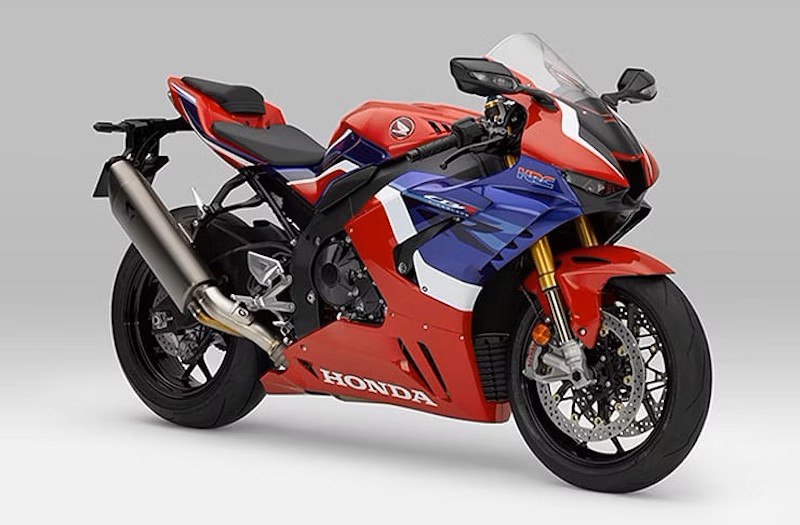
Tell-tale signs: Full fairing, lots of Rs, rider wearing race leathers.
Tourer
Big, sumptuous, and covered in luggage; if you want to rack up big miles on holiday with a passenger, you need a tourer. Well, that’s not quite true because lots of bikes can tour, but a tourer makes it so damn easy. A good tourer will make cruising all day at 85mph feel utterly effortless (cruisers, on the other hand, don’t like that at all – they’re happier at 60), and they usually have all the latest gizmos such as stereos, heated seats, and central locking for the luggage. They are, unsurprisingly, expensive.
Perfect example: BMW R1250RT
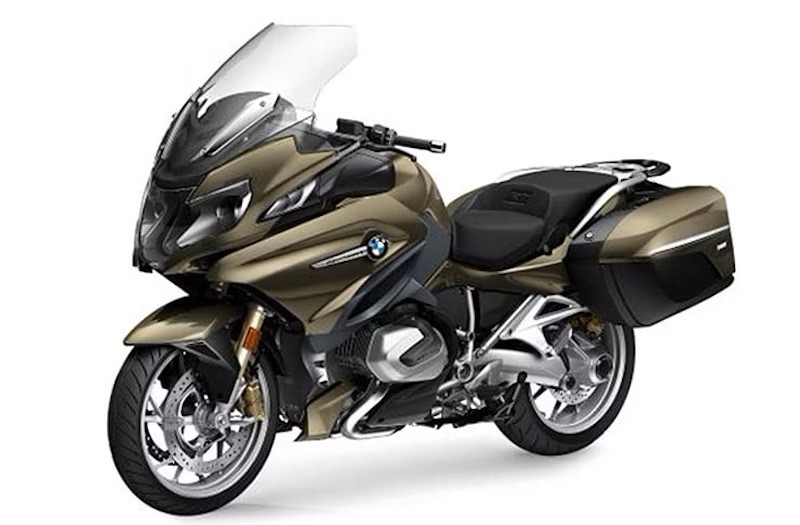
Tell-tale signs: Vast fairing, vast luggage, rider and pillion wearing intercoms.
Sports Tourer
The lovechild of a sportsbike that got jiggy with a tourer. Sports tourers are lighter and more nimble than tourers, but considerably more comfortable than sportsbikes. They’re a compromise, but a good one, and used to be very popular. However, adventure bikes are even more comfortable, only marginally less capable round corners, and – crucially – give the impression the rider might be heading off on a daring global adventure. Consequently, there aren’t so many sports tourers about these days.
Perfect example: Kawasaki Ninja 1000SX

Tell-tale signs: Fairing, sporty look, rider wearing black leathers.
Dual Sport
If you want to commute across town during the week and ride local trails at the weekend, a dual sport (or dual-purpose) is just the job – it’s a road-legal bike that’s excellent off-road. Unlike adventure bikes, most of which are road bikes with off-road styling, dual sports are proper off-road bikes adapted for the road. Consequently, they’re light (almost half the weight of a big adventure bike), wear tires that can grip in mud, and have big bump-friendly front wheels. The downside of the off-road potential is they lack a few road-based skills – they tend to be too slow and uncomfortable for long journeys, and the knobby tires can be sketchy round tarmac corners, especially in the wet.
Perfect example: Honda CRF450L
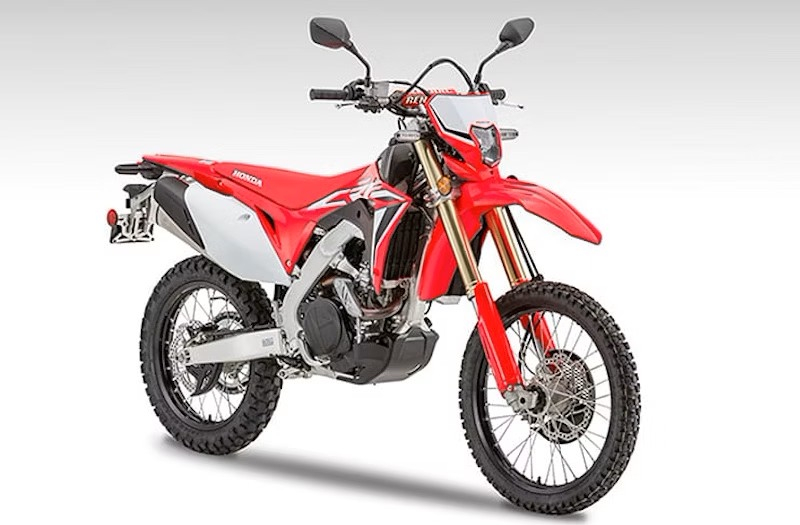
Tell-tale signs: No fairing, plastered in mud, rider wearing goggles.
Classic
An old motorcycle. The question is, how old is old? There’s no exact definition, but for most riders, anything made before 1980 is definitely a classic. As you go back in time, there are subsets – a veteran motorcycle is one made before 1915, for example, and a vintage bike is anything pre-1975 (according to the Vintage Motorcycle Club, though Americans will call anything vintage). Bikes made between 1980 and 1995 can be modern classics, depending on how they’re regarded. So an acclaimed bike like a 1992 Honda Fireblade is a nailed-on modern classic, but a similarly old Suzuki GS500 is not.
Perfect example: 1969 Triumph Bonneville T120
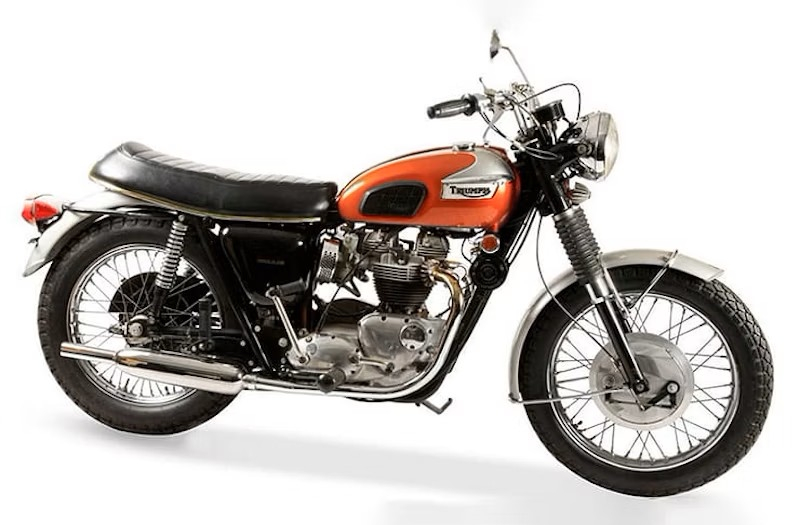
Tell-tale signs: No fairing, lots of chrome, rider carrying spanners.
Off-road
These are designed specifically to go off-road – no compromises, and not legal on the road. They’re light, accelerate hard, have sophisticated suspension, and knobby tires. Most are competition bikes, built for motocross racing (short laps with challenging, often manmade, obstacles), enduro racing (longer laps of natural obstacles), or trials (get over obstacles without putting your feet down). A few bikes are bought for off-road leisure riding, though as they’re not road-legal, you’re limited where you can go.
Perfect example: KTM 450 SX-F
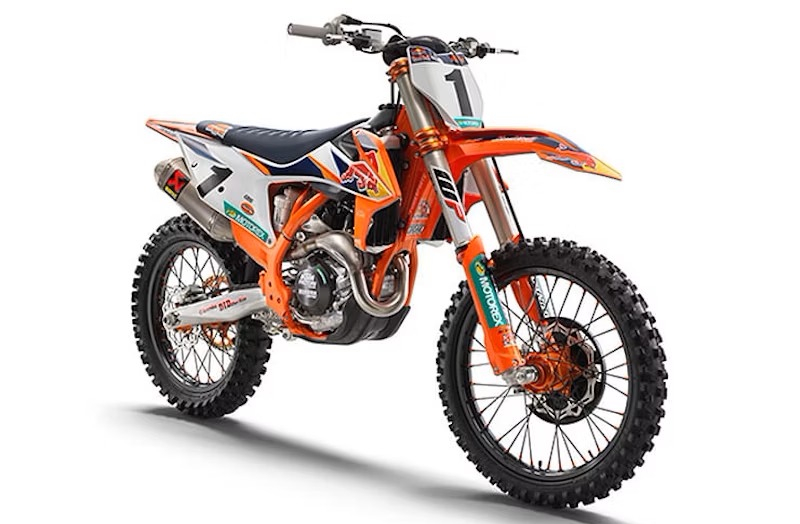
Tell-tale signs: No fairing, sky-high saddle, rider wearing lairy pajamas.
Scooter
At last, an easy one – scooters haven’t changed much since the 1947 Vespa. If it’s got small wheels, a floorboard for your feet, and an automatic gearbox, it’s a scooter. They’re great city transport, with decent weather protection, loads of storage under the saddle, and no gears or clutch to worry about – you just twist and go. Several manufacturers sell bigger versions – maxi scooters – that can hit far higher speeds and handle motorway travel.
Perfect example: Honda PCX125
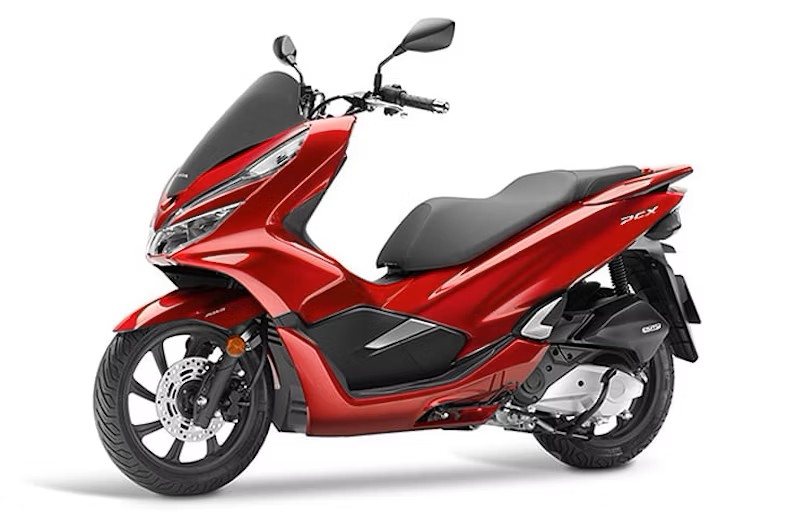
Tell-tale signs: Small wheels, footboards, rider in shirt sleeves.
Moped
Technically, a moped is a motorcycle with pedals, but these days it’s used to refer to any bike with an engine smaller than 50cc. If you’re 16, you can ride a moped on L plates once you’ve passed your CBT (Compulsory Basic Training). If you passed your car driving test before Feb 2001, you can ride a moped with no further training or tests. Mopeds are restricted to 30mph, so they’re not great for long distances, but they’re economical, great in town, and get you on the motorcycle ladder.
Perfect example: Mash Roadstar 50

Tell-tale signs: Titchy (50cc) engine, motorcycle looks, rider holding throttle to the stop.
Chopper
Choppers are custom motorcycles with extended front forks, low seating, and often no rear suspension, giving them a unique, rebellious look. They’re built for style, not speed or comfort. Most choppers are based on cruisers, especially Harley-Davidsons, but their owners add chrome, vibrant paint, and extravagant details. Riding them on rough roads isn’t ideal, but looking cool on the promenade is their forte.
Perfect example: Custom Harley-Davidson Chopper
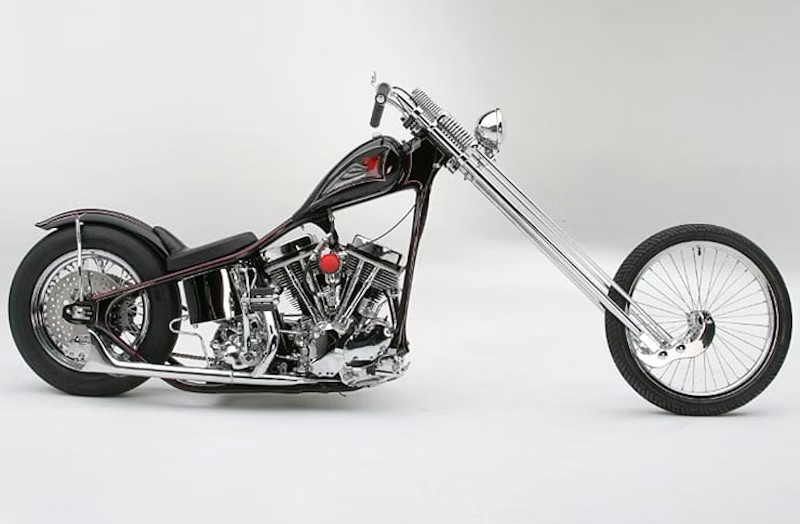
Tell-tale signs: Long front fork, low seat, rider in a leather vest.
Bobber
Bobbers are motorcycles stripped of everything unnecessary to make them as light and minimalist as possible. Typically, these are classic bikes with a single seat, shortened fenders, and no extras like additional lights or luggage racks. They have a retro style, often resembling 1940s motorcycles, but with modern tech. Bobbers are comfy for short rides but not for long journeys.
Perfect example: Triumph Bobber
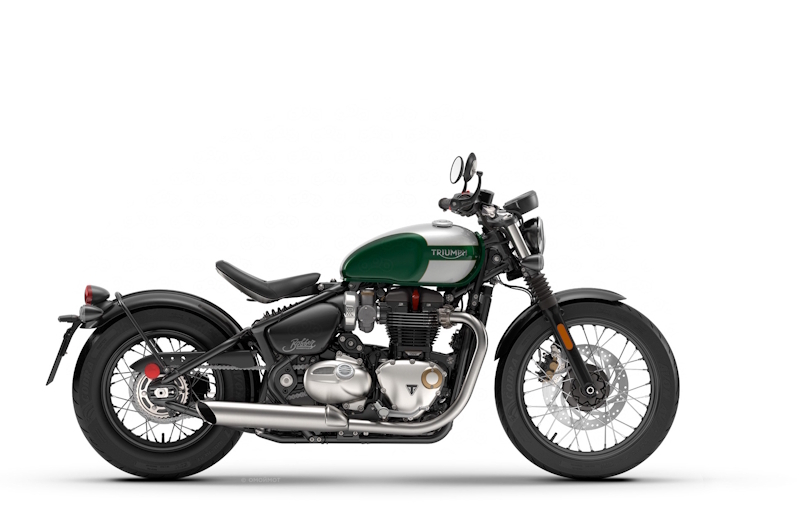
Tell-tale signs: Single seat, chopped fenders, rider in a retro helmet.
Cafe Racer
Cafe racers are styled after the sports bikes of the 1950s and 60s that raced from one cafe to another in England. They feature low clip-on handlebars, a sleek look, and a crouched riding position for aerodynamics. Modern cafe racers blend retro aesthetics with new tech, making them stylish and fairly fast, though not as comfy for long trips due to the sporty posture.
Perfect example: Triumph Thruxton RS
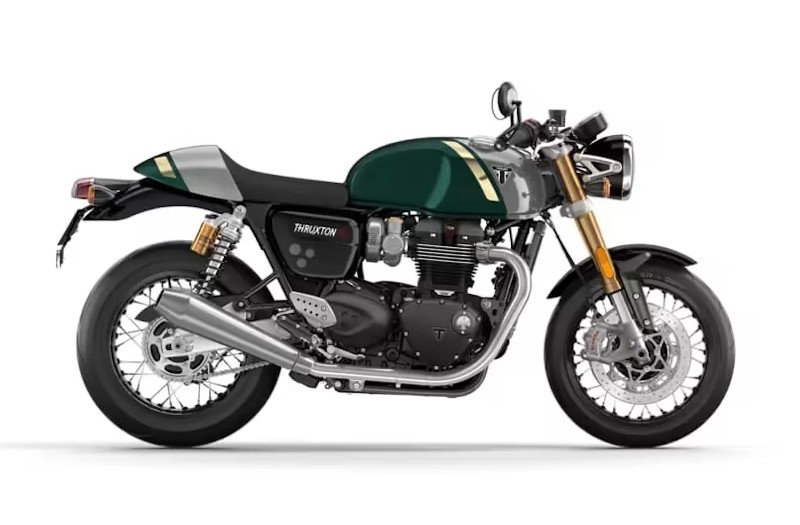
Tell-tale signs: Low handlebars, round headlight, rider in a leather jacket.
Dragster
Dragsters are built for one thing – blistering acceleration on a straight, usually a quarter-mile strip. These are bikes with powerful engines, a low center of gravity, and wide rear tires for maximum grip. They’re not meant for corners or long rides – their domain is drag racing. Often custom-built, they sport bold designs and loud exhausts.
Perfect example: Ducati XDiavel
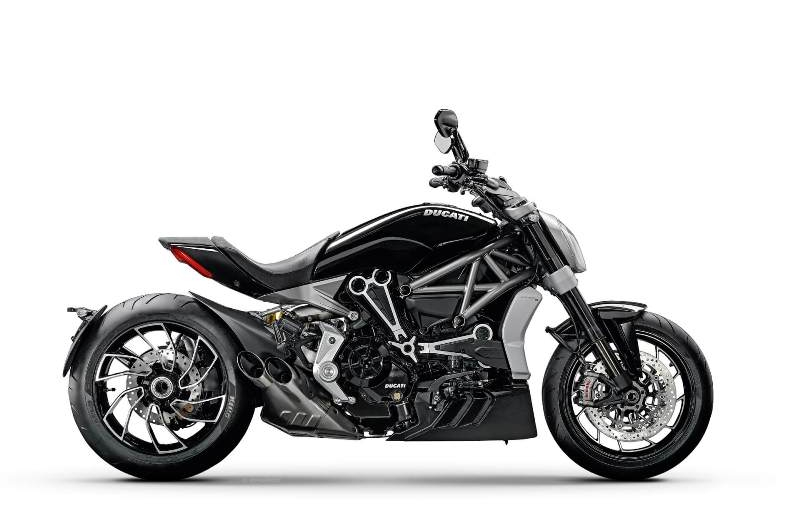
Tell-tale signs: Wide rear tire, low profile, rider in a sports helmet.
Motard
Motards, or supermoto, are a hybrid of off-road and road bikes. They take the lightweight frame and off-road suspension from dual sports but fit road tires and brakes for tarmac. Motards are perfect for urban jungles and stunts like wheelies or drifting, but they can be uncomfortable on long rides due to stiff suspension and minimal wind protection.
Perfect example: KTM 690 SMC R
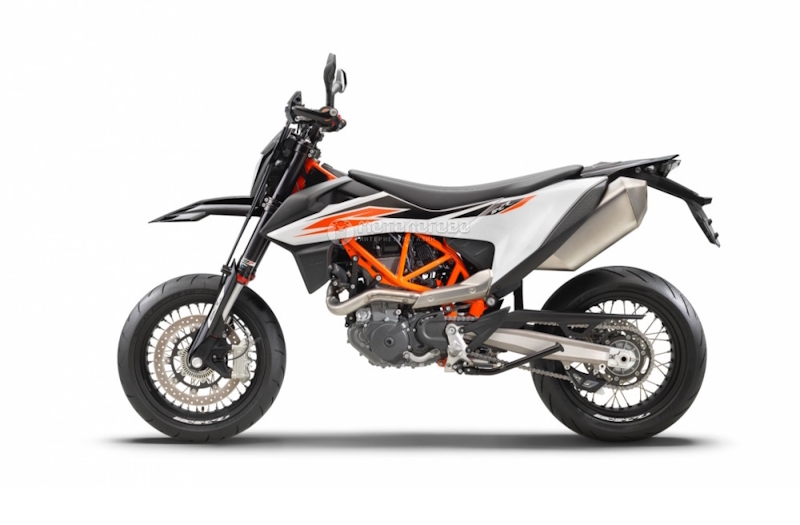
Tell-tale signs: High suspension, road tires, rider in sneakers.
Enduro
Enduro bikes are off-road motorcycles designed for long races over rough terrain with natural obstacles like rocks, mud, or forest trails. They’re lighter than adventure bikes but tougher than motocross bikes, with a focus on endurance rather than speed. Some enduro models are road-legal, making them similar to dual sports, but their true calling is multi-hour off-road adventures. They feature robust suspension, knobby tires, and a minimalist design to reduce weight.
Perfect example: Beta 390 RR
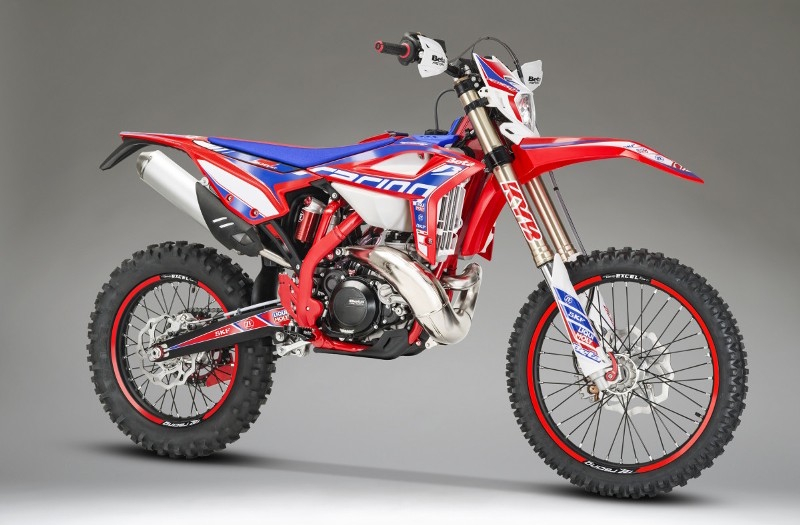
Tell-tale signs: High seat, larger front wheel diameter, rider in off-road gear.
Custom
When someone significantly changes the look of a motorcycle on purpose (as opposed to crashing it into a Fiat Fiesta), it becomes a custom. Some are works of art (really; they’re in galleries), some are astonishing feats of engineering, and some are abominations. These days, there are distinct styles of custom, each with its own rules and fans. Choppers have kicked-out forks and no rear suspension, trackers look like dirt track racers, cafe racers look like 1950s sports bikes, bobbers have as much as possible removed or cut down, and streetfighters are sportsbikes with high bars and the fairings removed (many are initiated by altercations with Fiestas or hedges).
Perfect example: Harley chopper
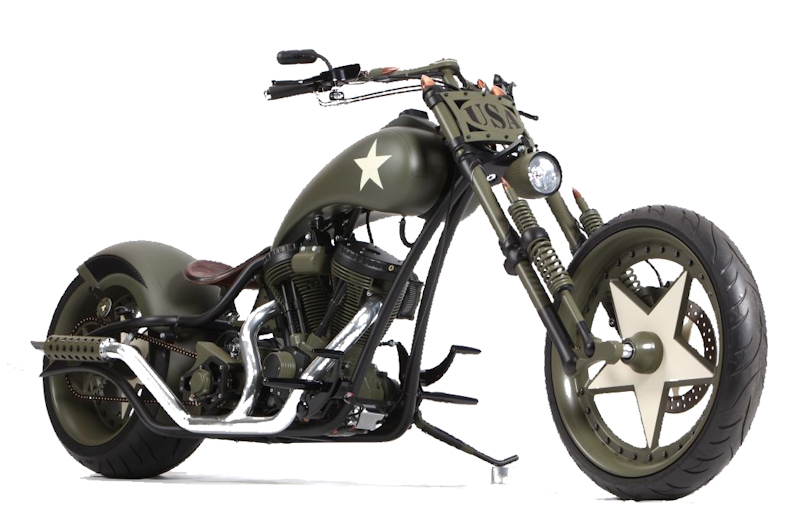
Tell-tale signs: Unique look, lots of machined parts, rider glowing with pride.

